Elizabeth I Dancing La Volta – A Scandalous Painting!
Elizabeth I was known for her virtue as England’s ‘Virgin Queen’. This most iconic of monarchs would likely have been mortified to find her image captured in a painting that cast aspersions on her well-manicured reputation. In the scene, we encounter Queen Elizabeth dancing La Volta in an ungainly display of intimacy with her ‘favourite’, Robert Dudley. They are surrounded by members of the court who are revelling in the festivities. Within the painting, there is hidden meaning – if only you know what to look out for!
I recently visited Penshurst Place to do a recording for the Tudor Travel Show. While the full programme will not be aired until November, the discussion I had with Penshurst guide, Gaye Jee, who has done a considerable amount of research on the symbolism and meaning contained within this controversial picture of Elizabeth I dancing La Volta, was just too good hold back!
So, today’s short blog post captures that conversation. Let’s pick up my interview with Gaye in the Great Chamber at Penshurst, where a copy of the painting is permanently on display.

Sarah:
In front of me is a rather magnificent painting! It’s a copy of an original that’s here in the castle, and it’s called ‘La Volta’. Can you tell us what makes it unique?
Gaye:
Yes, well it’s known as La Volta, or ‘Queen Elizabeth dancing with Robert Dudley’. Now, La Volta is a dance step, and it’s part of a galliard. The galliard has a rhythm that goes along the pattern of ‘God save our gracious queen’, and with the ‘gracious queen’, there is a lift, and you can see Dudley is lifting the queen up. Now the chances are that Queen Elizabeth would not have known about this painting because she wouldn’t have liked herself to be portrayed in this way.
Sarah:
It’s quite risqué!
Gaye:
Well, lewd, quite lewd!
Sarah:
May I say, Dudley has his hand in a rather indelicate position – and you can see the queen’s ankles!
Gaye:
You can. Indeed, his hand, as you say, is positioned in a very intimate way. What Dudley is doing is holding the bottom of the busque of her dress. But the positioning of his hand was not lost upon commentators at the time. They said that this dance was so lewd that it was responsible for murders and miscarriages and all sorts of things! And look, you can see he’s got his handkerchief in his hand to protect the fabric of the queen’s dress.
Sarah:
Wow! That’s interesting. Such a little detail and so very easily overlooked.
Gaye:
You also notice that it looks as though she’s got three feet. In fact, of course, one of these is Dudley’s because part of the dance was that the man would lift the lady upon his knee as they both sprang into the air. So, that’s why they’re in that position. So yes, you can see her ankles, you can see his hand in that rather intimate position. She’s also got a faint smile on her face! She wasn’t generally portrayed with a faint smile, as I’m sure you’re aware. [Turning to indicate a second figure in the portrait]. Now, here we have the Duke d’Alençon. This painting was supposed to be made to record a ball in 1581. Now at that time, the Duke d’Alençon, who was 20 years or so years younger than the Queen. He was courting her and hoping to make a match. And this was a match that was most advised against by Robert Dudley, but also his nephew, Sir Philip Sidney, who of course is one of the sons of the house [Penshurst Place].
Sarah:
And he’s in the painting?
Gaye:
He’s in the painting here [Gaye indicates to the figure], and he’s supposed to be saying to his uncle [Robert Dudley], ‘Well, the Duke d’Alençon says he’s in love with the queen, but look, he’s got his arm around this lady!’ So is that a comment on whether this is true love or not? On the other side of the painting, we have the queen’s musicians and the chief among them, playing the bass viol is Alfonso Ferrobosco, who was Italian.
Now it’s interesting, a lot of musicians at the time were thought to be spies, especially someone playing the lute. When you play the lute, it’s quite quiet, and you merge into the background – and importantly, you can hear what’s going on! So, it’s thought that he could have been a spy on behalf of the queen. In fact, he couldn’t have been at this gathering, because we know that he was in prison in Italy from 1578. Having gone back to visit family, he was seized by the Pope’s soldiers and thrown into jail for apostasy. ‘Apostasy’ meant that he was judged as having abandoned his Catholic faith by serving at a Protestant court. Anyway, this tells us that this painting can’t be based on a real event.
Sarah:
So, it’s painted later, after Elizabeth’s lifetime?
Gaye:
Nobody knows. It does conform to the pattern of three other known paintings, which are all in France; two in the Louvre and one at Blois, which are portrayals of marriage feasts. I like to think that this is a pastiche and this is an ‘un-marriage’ feast because the one thing nobody was doing was getting married! Dudley had snuck off with Lettice Knollys, and only five months before this date, they had had a baby boy together. So, although he’s looking adoringly at the queen, in fact, he wouldn’t have been in good standing at the time. So, Dudley is not marrying her, and the Duke d’Alençon is not marrying her!
Sarah:
There’s one other figure that intrigues me. It’s this figure that is sitting in the foreground of the picture. It’s a lady who’s sitting on a stool, and her back is towards us, which is quite unusual. You can’t see her face at all. Do we know who she is?
Gaye:
That’s right. Again, we don’t know for definite, but if you look at the French paintings, there is also a lady sitting with her back to us. There was some supposition that in this painting, the person in question could be Mary Sidney, who was Philip Sidney’s mother (and Robert Dudley’s sister) She was very severely affected by smallpox having nursed the queen through the same disease. It is possible that she didn’t return to court afterwards, and that her husband didn’t recognize her when he returned from the war. So, it could be her, and we’re not seeing her face because it was so scarred.
And I don’t know if you’ve noticed this figure, here [Gaye points to another character in the foreground of the picture]. This person is Mrs Thomasin, the queen’s dwarf. She is looking at Dudley’s leg, and this lady here is pointing at Dudley’s leg. That’s obviously of great importance. We’re not sure what the significance is, but it’s of relevance.
Sarah:
And the only thing I would say is the cute little dog sitting right in the front of the picture is looking at the viewer in a very knowing way. If only he could talk!
Gaye:
Well, dogs in portraits typically signify loyalty – to their master. Usually, they’re looking up at their master. This one is looking directly out at us and look; he’s got human eyes!
Sarah:
So he has!
Gaye:
Interestingly, the only other figure in the painting that is looking out at the viewer is Alfonso Ferrobosco. We don’t know what that means, but yes, this scene is just full of intrigue!
Sarah:
There is a lot you can read into it if you know what you’re looking for, right? It’s incredibly entertaining!
Gaye:
Yes, and you can keep delving. It’s supposed to be possible to identify every single person!
Sarah:
Well, that should keep us going for a while! Thank you, Gaye, for that fabulous insight into this incredibly complex and intriguing picture!
Gaye:
You are welcome!
So, what do you think about the painting of Elizabeth I dancing La Volta? Was it damaging to Elizabeth’s reputation? Did someone want to portray the queen in a negative light? Why are people looking and pointing to that foot? What would the dog say if he could speak? Let me know your thoughts in the comments below!
If you wish to read about Elizabeth I in association with two other, Tudor artefacts, why not catch up with two viral blog posts: The Chequers’ Ring & The Mysterious Riddle of the Woman in the Portrait and The Kenilworth Portraits: The Images Elizabeth I Never Saw.
Finally, if you want to see this painting of Elizabeth I dancing La Volta in the great chamber at Penshurst Place, (where some people believe the image was set), check out the visitor information here.

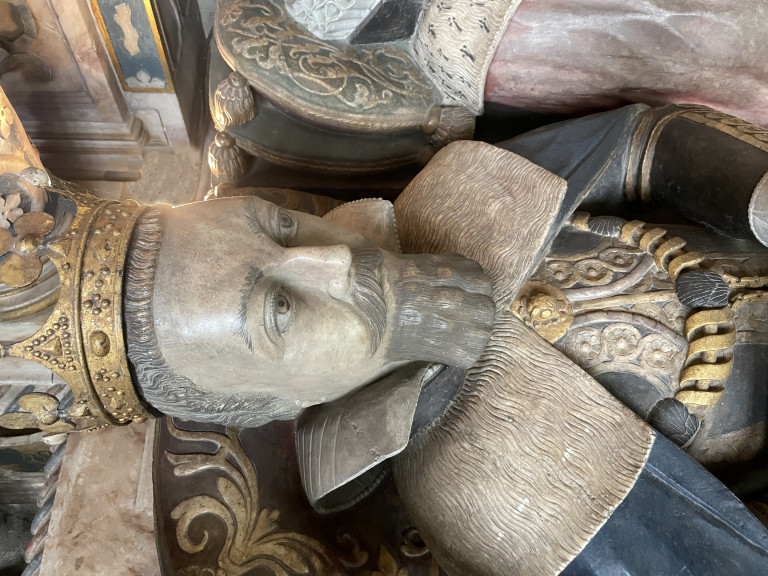
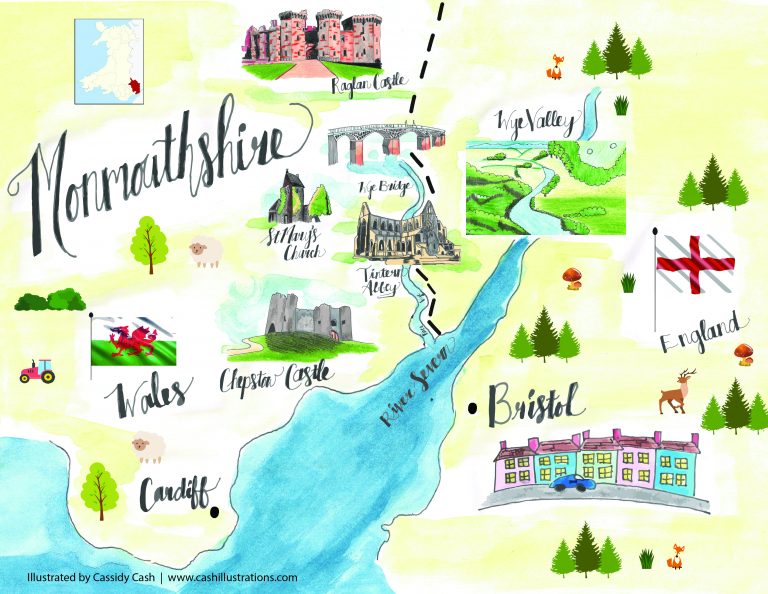
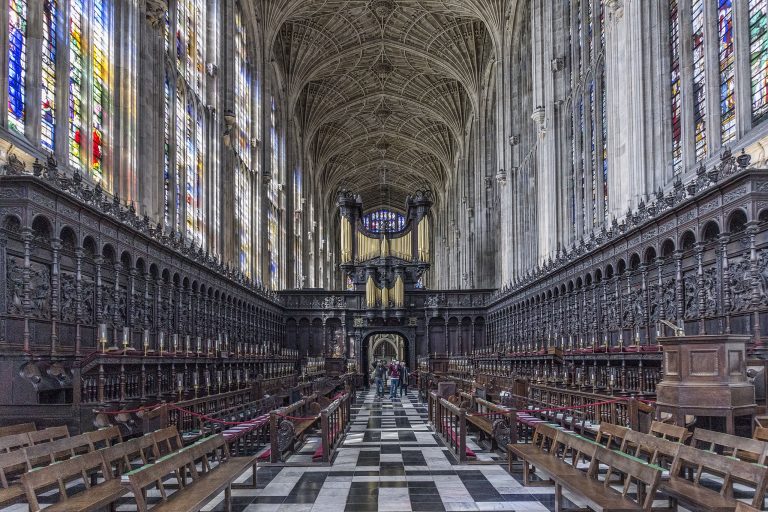
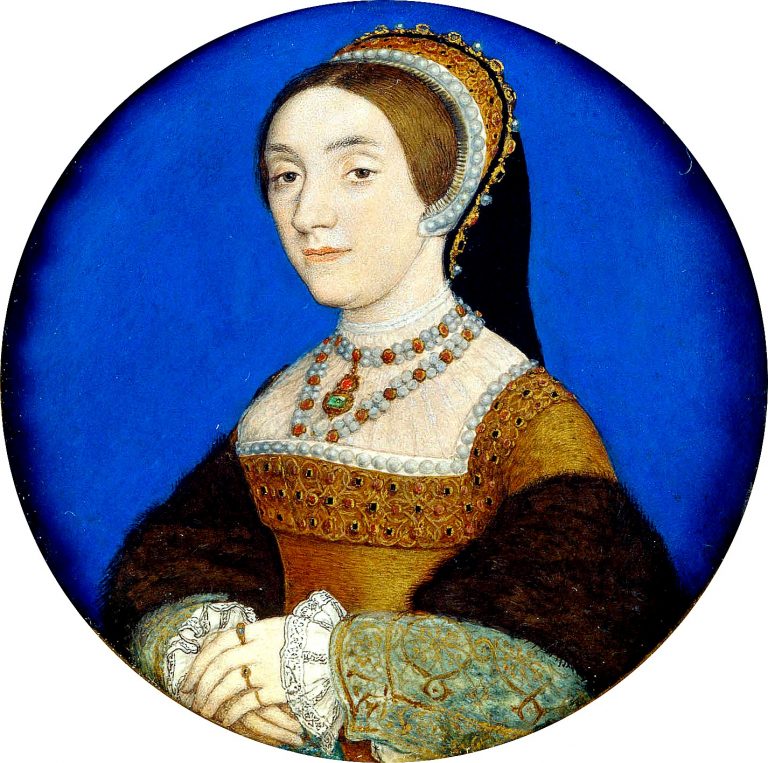
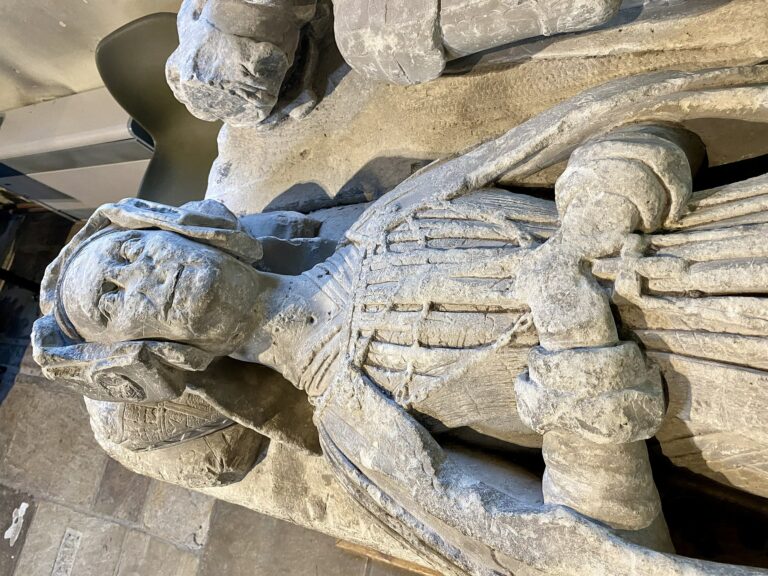
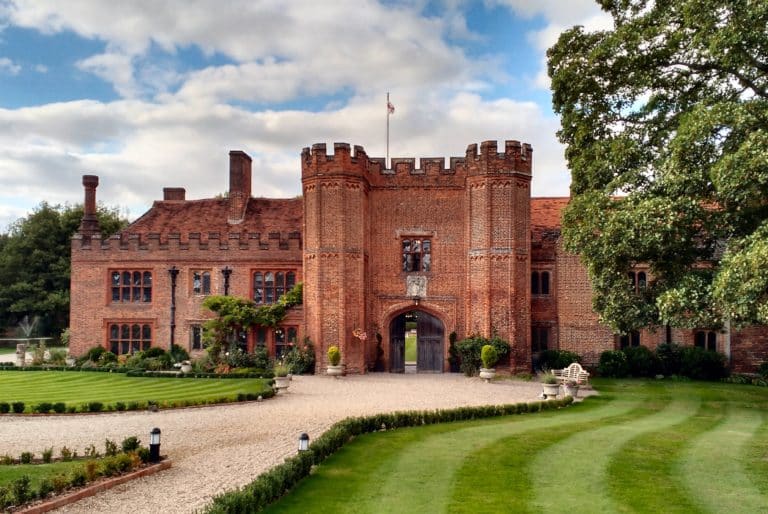
Since the painting of Elizabeth and Robert Dudley dancing La Volta allows for interpretation and stretch for the imagination, take note of the gentleman directly behind Sir Robert Dudley, especially the lady to the gentleman’s right. Could that lady be an image of the quite tall, Mary Queen of Scots, a duplicate of one of the Queen’s familiar portraits? If so Mary never met Elizabeth, so why the inclusion?
LOL! I see what you mean : )
Many thanks for the informative interview. I have been interested in this painting from a dance-historical point of view for several years. I am very fascinated by this painting. And yes, there is a similar painting in Blois. But you don’t mention the almost identical painting from the Kasteel Gaasbeek (Belgium) “Huwelijksbal van de hertog van Joyeuse”, 1501/1600, oil (?) On canvas (?), (750 x 1010cm). Have you already included this work in your considerations when identifying the persons?
Translated with http://www.DeepL.com/Translator (free version)
Hi! Thanks for leaving this comment. Interesting, indeed! This might be of interest to Penshurst Place. They who own the original and have done the research on it. I’ll have to look it up! Thanks.
Well,she turns her face away from the couple. As she agreed to marry Dudley as means to inherit the English throne, but he disapproved of it (because of Elizabeth),this can be interpreted as resentment. Moreover, she had their planned meetings cancelled.
If it wasn’t Elizabeth or her court, do we know who commissioned/patronized this piece? If not, what are the experts best guesses?
Probably a reaction to the widely uttered doubts as to the Queen’s virginity: The sexual tension between them had always been reported. It is indeed possible, that it was painted after Elizabeth’ death. Even more, as her gentlewomen of the Privy Chamber refused to have her corpse embalmed (an indication?). But there is more in the image: Dudley’s affectionate look to Elizabeth is to understand as a hint to her status as his true-love, he desired to marry but couldn’t (which is why he took Lettice then). But this is not all: The Duc d’Alençon, turning to the lady on his right side, knowing that the Queen would never marry him and he wouldn’t get his wished-for benefits) furthermore emphasizes her political cleverness and her bond with her country!